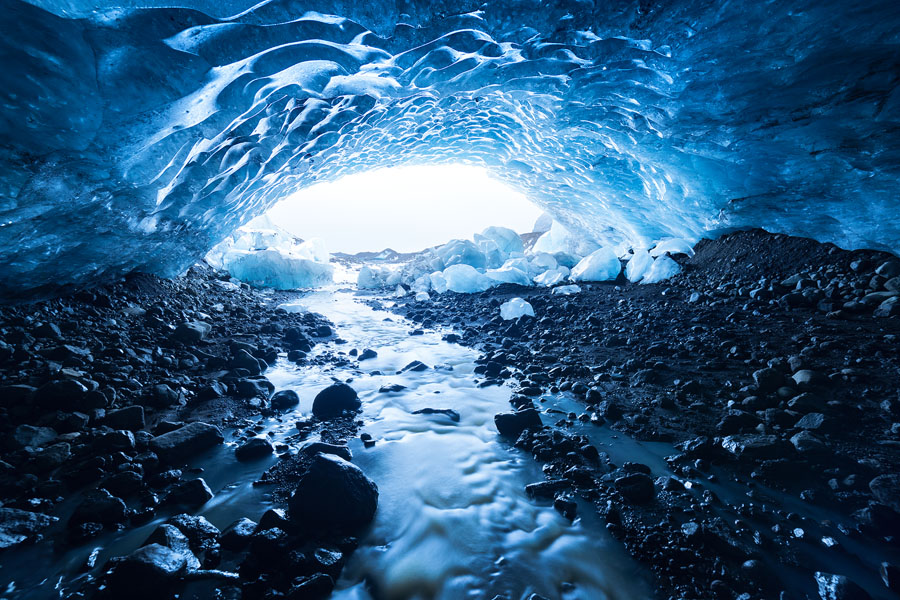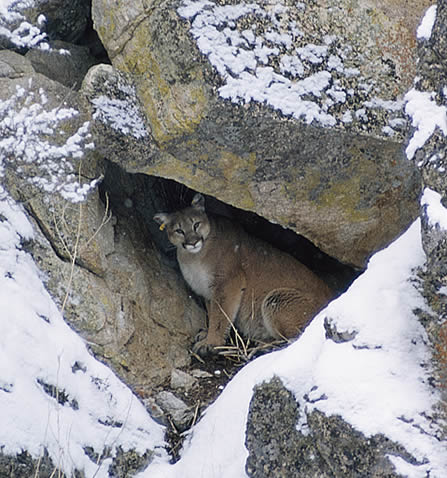Arkansas provides many great opportunities to explore nature. Sometimes it takes other geocachers to find them like the Sanders_Sooners did here. There is a cache hidden here (GC679G1) so while searching for the answers, you can also get a traditional!
**This is a Cave Earth Cache, you will need to enter the cave to answer questions. You are not required to do this EC, if you are not comfortable with dark small spaces then do not attempt this earthcache!! You will need a flash light or head lamp, and you may get dirty. Sometimes there may be wild animals such as bats in caves. This cave, as popular as it is by hikers and mountain bikers has show a lot of foot traffic and thus wild animal activity is limited, but does not mean they are not present. Please use caution as some surfaces may be slippery and remember you are in a closed overhead environment. Dont bang you head!**
In this Earth Cache lesson you'll lean about Cave fundamentals
- Cave or Cavern
- Solidifaction Vrs Consolidation
- Types of caves/caverns
- DNA of a "Karst" Cave
Cave or Cavern?
Did you know that there IS a difference between a cave and a cavern? Many people use the terms interchangeably. However, there is a difference. A cave is any cavity in the ground that is large enough that some portion of it will not receive direct sunlight. There are many types of caves. A cavern is a specific type of cave, naturally formed in soluble rock with the ability to grow speleothems. So, although a cavern can accurately be called a cave (since it is a type of cave), all caves cannot be called caverns.
Caves
Caves can be classified into two main categories known as primary and secondary. This classification is based on their origin. Primary caves are developed as the host rock is solidifying. Examples of primary caves include lava tubes and coral caves (descriptions follow). Secondary caves are carved out of the host rock after it has been deposited or consolidated. Most caves fall in the secondary category. However, some primary caves may later be enlarged by the forces associated with secondary cave development.
Listed here are the main types of caves, and how they are formed:
Coral Caves

When colonies of coral in shallow water expand and unite, they form lacy or bulbous walls around an open area. When the shoreline is pushed up or the sea level falls, the cave is exposed. Waves and wind erode the coral, enlarging the cave, sometimes even destroying it.
Eolian

Also known as wind caves. Wind erodes away the weak areas in sandstone cliffs.
Glacier Caves

Long tunnels form near the snouts of glaciers between glacial ice and the underlying bedrock. Water from the surface drains down through crevasses in the glacier. It enlarges the crevasses and melts away the ice at the base of the glacier.
Ice Caves

There are two types of ice caves:
- The first is carved out of glaciers or snowfields by water and/or wind.
- The second is a rock cavity containing ice formations. As moisture in a cave is frozen it clings to the walls and continues to build up. When slight melting occurs or water enters the cave, it runs along the walls creating formations similar to calcite speleothems.
Volcanic Caves

There are various forms of volcanic caves. They are all created from flowing lava and the effects of volcanic gases. Categories of volcanic caves include lava tubes, pressure-ridge caves, spatter cone chambers and blister caves.
Sea Caves

Waves eroding away weak areas along sea cliffs create these caves which can be any size from crevices to large chambers.
Talus Caves

Boulders pile up leaving passages underneath and between them.
Tectonic Caves

A massive movement of bedrock separates rocks along joints or fractures. The cave created in this fashion is usually a small, high, narrow fissure consisting of a single passage. The ceiling is often a flat section of rock that did not move, or moved in a different direction. Massive, brittle rocks such as sandstone and granite are the best rocks for tectonic caves; however, they can also occur in basalt and limestone.
Solution Caves

This is the category of caves that is classified as caverns. They are formed by the dissolution of soluble rocks such as limestone (calcium carbonate), dolomite (calcium magnesium carbonate), gypsum (calcium sulfate dihydrate) and salt (halite). When researching caves, the dissolution of limestone is usually the example given. For the purpose of this lesson we will also use limestone as our host rock. However, the conditions are basically the same for other soluble rocks.
Understanding Ground Zero
At Ground zero you are going to noitice some very interesting things, the first thing you might notice is that it is in a cliff side. This suggests that the cliff started out with basic river errosion forming what is called as rock shelter. A rock shelter (also known as a rockhouse, crepuscular cave, or abri) is a shallow cave-like opening at the base of a bluff or cliff. But with further investigation you may notice some other things not typical of rock shelter, but has the DNA of Karst cave. Karst caves are caves that have formed in karst topography. They can be further categorized into the specific type of karst from which they formed. For the simplicity of this lesson we are going to only focus on Limestone as it is abundantly rich in this area and is what Ground Zero is made out of.
Karst topography is a landscape formed from the dissolution of soluble rocks such as limestone, dolomite, and gypsum. It is characterized by underground drainage systems with sinkholes and caves. It has also been documented for weathering-resistant rocks, such as quartzite, given the right conditions. Subterranean drainage may limit surface water with few to no rivers or lakes. However, in regions where the dissolved bedrock is covered (perhaps by debris) or confined by one or more superimposed non-soluble rock strata, distinctive karst surface developments might be totally missing. This however is not the case at ground zero, this particualr cave if with a little bit of investigation will provide you the clues to show what type of Karst actions are being used in full view.
Did you Know?
The world's three longest known cave systems are:
- Mammoth Cave, Kentucky, USA, 651.8 km (405 mi),
- Sistema Sac Actun/Sistema Dos Ojos, Mexico, 319 km (198.2 mi)
- Jewel Cave, South Dakota, USA, 267.6 km (166.3 mi).
Requirements: (please do not put your answers in the log)
Now that we learned a little bit about cave classification and how caves are formed, take a moment to study ground zero. With the information above, and information at GZ you should be able to answer the following questions. You have 24 hours to send me an email (found in my geocaching profile) with the correct answers. Failure to do so will result in the removal of your "Found it log". Please add the GC code and title in the subject line. If you are sending answers for multiple people in your group, please add all the names in your email to ensure they don't have their log deleted :) Photos with you/group of the area would be greatly appreciated.
1 In your own words define the difference between a cave and a cavern, and why not all caves can be caverns.
2 How many rooms does this cave at GZ have?
3 What kind of cave is at GZ?
4 What action do you see from Karst Topography at this particular cave?
5 In the 2nd room how far back can you go before it dead ends?